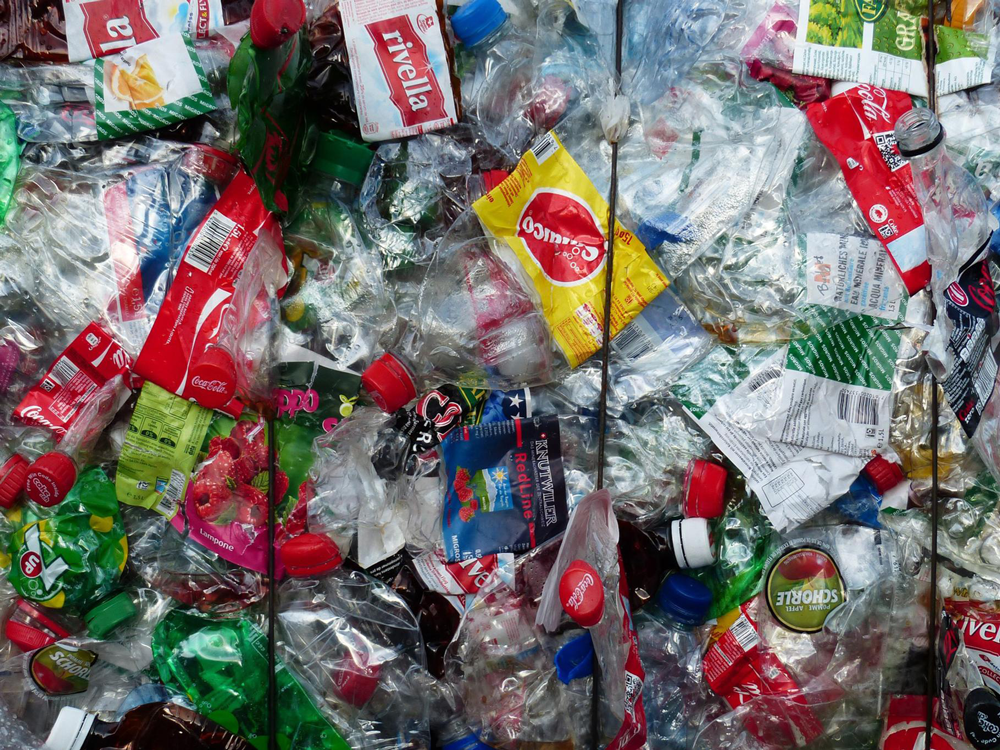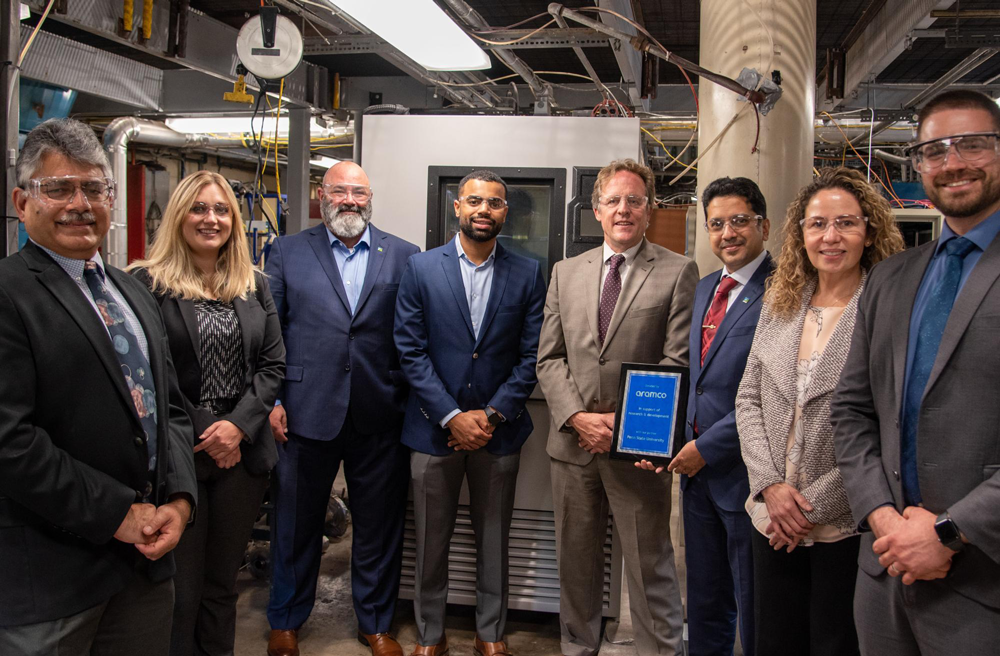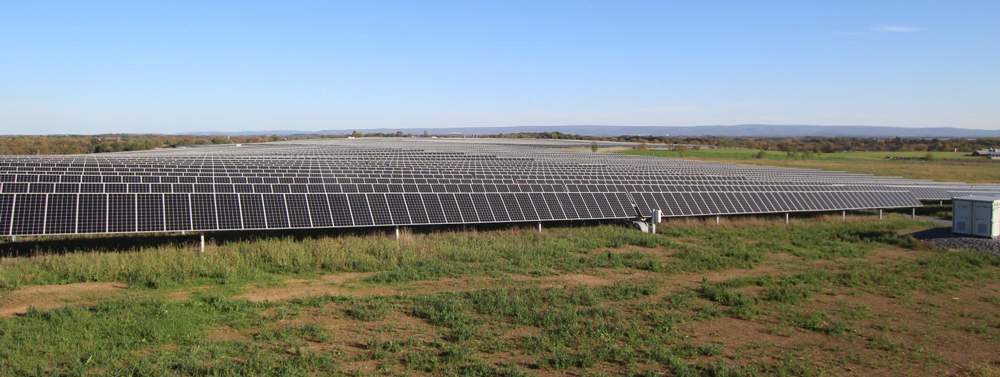Penn State's Center for Critical Minerals to receive $2.1M for pilot program
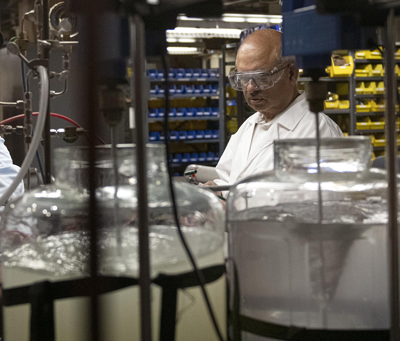 Penn State’s Center for Critical Minerals will receive $2.1 million in federal funding to design, build, and test a modular pilot-scale research and development unit intended to recover vital rare earth elements and other critical minerals from Pennsylvania streams and other environmental sources. These minerals are prevalent in essential components of everyday life, including batteries, cellphones, automobiles, appliances, and electronic devices. Critical minerals also play a central role in defense and homeland security applications, making them vital to national security and domestic economic growth.
Penn State’s Center for Critical Minerals will receive $2.1 million in federal funding to design, build, and test a modular pilot-scale research and development unit intended to recover vital rare earth elements and other critical minerals from Pennsylvania streams and other environmental sources. These minerals are prevalent in essential components of everyday life, including batteries, cellphones, automobiles, appliances, and electronic devices. Critical minerals also play a central role in defense and homeland security applications, making them vital to national security and domestic economic growth.
Power plant pipe corrosion focus of industry research project
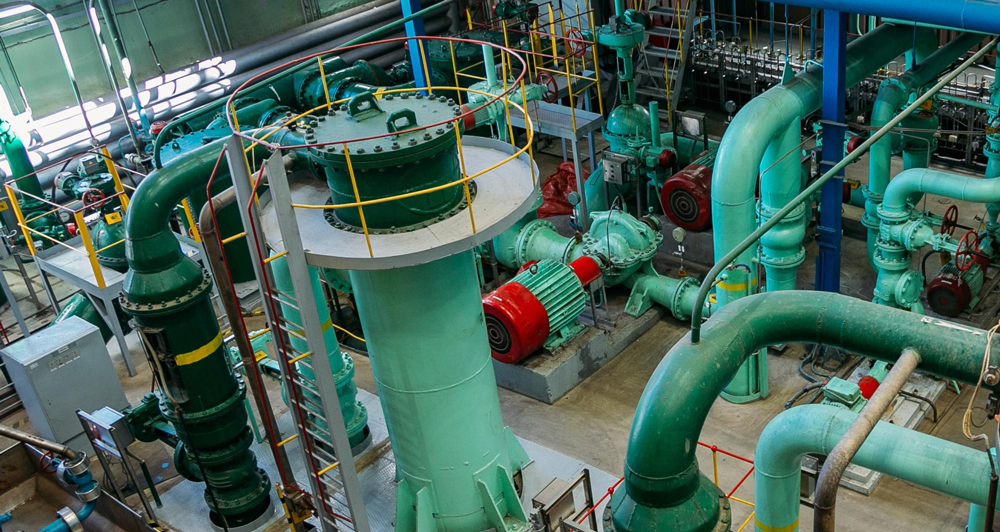 A team of researchers, led by Derek Hall, is investigating how contaminants in power plant water cycles affect the integrity of steel pipes and tubing in power generation systems. They are collaborating with the Institutes of Energy and the Environment’s Center for Quantitative Imaging to expand their understanding of corrosion processes in extreme environments. The project's objective is to provide evidence of how different water contamination levels and types change the extent of damage observed from corrosion processes in a laboratory setting. The sponsor of the research is the Electric Power Research Institute, which looks to validate its boiler and turbine steam cycle chemistry guidelines.
A team of researchers, led by Derek Hall, is investigating how contaminants in power plant water cycles affect the integrity of steel pipes and tubing in power generation systems. They are collaborating with the Institutes of Energy and the Environment’s Center for Quantitative Imaging to expand their understanding of corrosion processes in extreme environments. The project's objective is to provide evidence of how different water contamination levels and types change the extent of damage observed from corrosion processes in a laboratory setting. The sponsor of the research is the Electric Power Research Institute, which looks to validate its boiler and turbine steam cycle chemistry guidelines.
https://www.psu.edu/news/research/story/power-plant-pipe-corrosion-focus-industry-research-project/
New process developed to extract high purity rare earth element oxides
 Critical minerals, including rare earth elements, are used to power devices like smartphones and computers and are essential to our nation’s economy and national security. Penn State’s Center for Critical Minerals has developed a new purification process that extracts mixed rare earth oxides from acid mine drainage (AMD) and associated sludges at purities of 88.5 percent. AMD and associated solids and precipitates resulting from AMD treatment are viable sources of multiple critical materials (CMs), including rare earth elements (REEs), aluminum, cobalt, and manganese. The U.S. Department of Energy has funded efforts to demonstrate both the technical feasibility and economic viability of extracting, separating, and recovering REEs and CMs from U.S. coal and coal by-product sources, with the goal of achieving mixed rare earth oxides from coal-based resources with minimum purities of 75 percent.
Critical minerals, including rare earth elements, are used to power devices like smartphones and computers and are essential to our nation’s economy and national security. Penn State’s Center for Critical Minerals has developed a new purification process that extracts mixed rare earth oxides from acid mine drainage (AMD) and associated sludges at purities of 88.5 percent. AMD and associated solids and precipitates resulting from AMD treatment are viable sources of multiple critical materials (CMs), including rare earth elements (REEs), aluminum, cobalt, and manganese. The U.S. Department of Energy has funded efforts to demonstrate both the technical feasibility and economic viability of extracting, separating, and recovering REEs and CMs from U.S. coal and coal by-product sources, with the goal of achieving mixed rare earth oxides from coal-based resources with minimum purities of 75 percent.
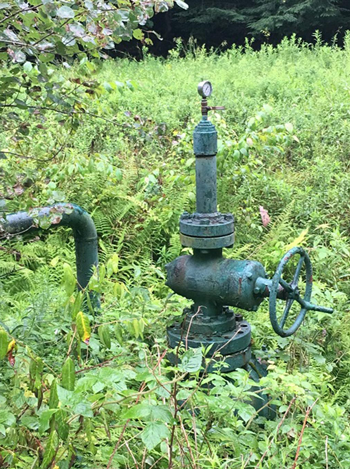 Fossil fuel past, green future: Abandoned wells may offer geothermal power
Fossil fuel past, green future: Abandoned wells may offer geothermal power
Tapping into abandoned oil and gas wells in Pennsylvania—products of the state’s long history of energy extraction—could provide a future source of affordable geothermal energy, according to Penn State scientists. Regulators estimate hundreds of thousands of oil and gas wells have been drilled in the state, many before modern regulations, and lost over time in fields, forests, and neighborhoods. Today, owners and operators are required to plug wells that have stopped production before abandoning them. This does not always happen, and wells that were not plugged, or that were not plugged properly or damaged, can leak the potent greenhouse gas methane into the atmosphere and groundwater. The federal government recently committed $4.7 billion to plug these wells across the U.S.
Scientists improve process for turning hard-to-recycle plastic waste into fuel
Turning plastic waste into useful products through chemical recycling is one strategy for addressing Earth's growing plastic pollution problem. A new study may improve the ability of one method, called pyrolysis, to process hard-to-recycle mixed plastics—like multilayer food packaging—and generate fuel as a byproduct. Pyrolysis involves heating plastic in an oxygen-free environment, causing the materials to break down and creating new liquid or gas fuels in the process. Current commercial applications, however, either operate below the necessary scale or can only handle certain types of plastics. Hilal Ezgi Toraman, assistant professor of energy engineering and chemical engineering, and her team conducted co-pyrolysis of two of the most common types of plastic, low-density polyethylene (LDPE) and polyethylene terephthalate (PET), along with different catalysts to study the interaction effects between the plastics. They found one catalyst, an HY zeolite, may be a good candidate for converting mixed LDPE and PET waste into valuable liquid fuels.
Penn State, Aramco commemorate gift in kind, continued partnership
A recent gift of a Thermotron humidity chamber from energy company Aramco Americas will support numerous research projects in the College of Earth and Mineral Sciences. Aramco Americas, headquartered in Houston, Texas, operates research centers in Houston, Boston, and Detroit. Each year, Aramco’s highly selective program sponsors more than 160 Saudi Arabian students to study science and engineering at Penn State. With nearly fifty women in the current cohort, the program also aims to increase gender diversity in male-dominated fields.
NSF CAREER award to improve understanding on how porous materials fail
 Porous materials can be found everywhere from the concrete in our buildings to the bones in our bodies. In buildings, lightweight, high-strength porous materials help conserve energy, insulate acoustics, and bear higher loads. In armored vehicles and airplanes, they reduce fuel consumption. Porous rocks are used to mitigate climate change by serving as a medium for carbon dioxide storage and geothermal heat extraction. Despite the proliferation and broad applications of porous materials, very little is understood about how cracks form inside their microstructure and how they eventually fail. Yashar Mehmani, assistant professor in the John and Willie Leone Family Department of Energy and Mineral Engineering, received a $629,000 Faculty Early Career Development Program (CAREER) Award from the National Science Foundation (NSF) to pursue an integrated modeling, experimental, and educational plan to improve the basic understanding of failures in porous materials and develop a more accurate computational framework to predict them.
Porous materials can be found everywhere from the concrete in our buildings to the bones in our bodies. In buildings, lightweight, high-strength porous materials help conserve energy, insulate acoustics, and bear higher loads. In armored vehicles and airplanes, they reduce fuel consumption. Porous rocks are used to mitigate climate change by serving as a medium for carbon dioxide storage and geothermal heat extraction. Despite the proliferation and broad applications of porous materials, very little is understood about how cracks form inside their microstructure and how they eventually fail. Yashar Mehmani, assistant professor in the John and Willie Leone Family Department of Energy and Mineral Engineering, received a $629,000 Faculty Early Career Development Program (CAREER) Award from the National Science Foundation (NSF) to pursue an integrated modeling, experimental, and educational plan to improve the basic understanding of failures in porous materials and develop a more accurate computational framework to predict them.
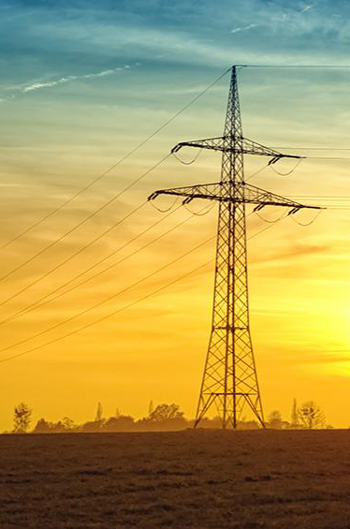 New model to help reframe the transition to low-carbon electric power
New model to help reframe the transition to low-carbon electric power
Governments and societies around the world face increasing urgency in responding to climate change by accelerating the transition to a low-carbon energy system but differing views remain on the combination of energy technologies that will best achieve this goal. Identifying technological pathways is complicated by wide uncertainties in economic and technological factors. Mort Webster and a team of Penn State researchers developed a model to help reframe the energy transition discussions. Their model demonstrates the value of flexible investment strategies and that many pathways are needed to meet the emissions reduction goals outlined in the Paris Agreement. Webster hopes their findings will reverse policy recommendations emerging from research literature calling to adopt narrow assumptions that favor, or limit, certain technologies while advancing highly specific portfolio recommendations. The reason is simple: the future is hard to predict.
Task force unveils recommendations for Penn State to eliminate carbon emissions
In the spring of 2021, at the request of then President Eric Barron, a team of more than twenty faculty members, staff members, and students began to formulate a plan to address climate change by significantly lowering the University’s greenhouse gas emissions on all its campuses. Recently, the Carbon Emissions Reduction Task Force unveiled its recommendations for the University to achieve 100 percent emissions reduction by 2035. According to task force co-chair Robert Cooper, senior director of energy and sustainability in Penn State’s Office of Physical Plant, the team’s report comprises a comprehensive roadmap of goals, milestones, and actions that will position the University as a leader in climate-smart solutions. Specific recommendations for meeting these goals are numerous and include electrifying Penn State’s fleet vehicles, expanding solar infrastructure through public-private partnerships, implementing metrics related to carbon emissions to increase purchasing efficiencies, decarbonizing building heating and cooling systems, and developing new net zero sources of energy and energy storage technologies.


